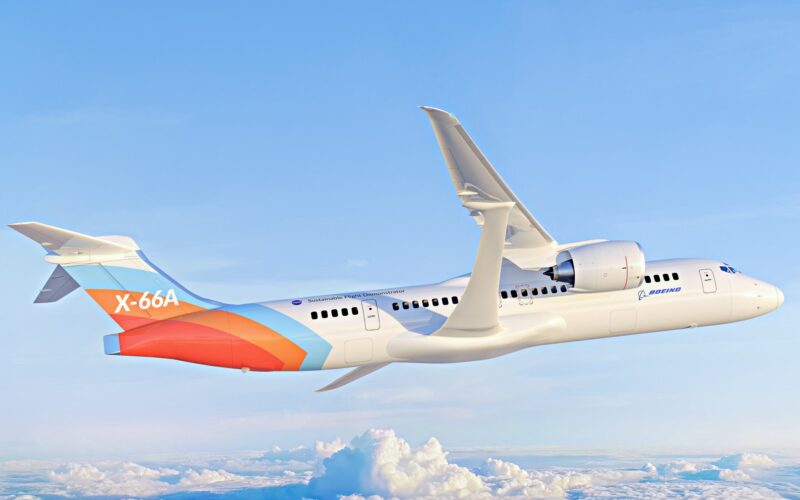New Sustainability Coalition of US Airlines to Collaborate with Boeing and NASA on Sustainable Flight Demonstrator Project

On July 25, 2023, Boeing announced the formation of a pioneering sustainability coalition comprising Alaska Airlines, American Airlines, Delta Air Lines, Southwest Airlines, and United Airlines. This alliance is set to provide crucial assistance to Boeing and NASA in their Sustainable Flight Demonstrator (SFD) project, as well as the development of the revolutionary X-66A research aircraft.
The collaboration aims to leverage the expertise of the participating US carriers in various aspects, including operational efficiencies, maintenance, handling characteristics, and airport compatibility. Boeing’s Chief Technology Officer, Todd Citron, expressed the significance of hearing directly from the operators throughout the project, emphasizing that their feedback will play a vital role in shaping the X-66A’s advancements and contributing to aviation sustainability.
Boeing and NASA unveiled the impressive livery of the X-66A at the EAA AirVenture Oshkosh event. NASA highlights that the X-66A will be the first X-plane designed explicitly to assist the US in achieving its goal of net zero aviation greenhouse gas emissions, as outlined in the White House’s Aviation Climate Action Plan.
The SFD project intends to pave the way for a new generation of more sustainable single-aisle aircraft. Notably, the X-66A features extra-long, thin wings stabilized by diagonal struts, known as the Transonic Truss-Braced Wing (TTBW) concept.
To bring the X-66A to fruition, Boeing will modify an MD-90 aircraft at its facility in Palmdale, California.
Throughout the project’s lifecycle, the airline coalition will actively participate and offer valuable feedback. This includes providing input on sustainable operations and airport compatibility during the design phase. As the X-66A boasts a wingspan of 145 feet, the TTBW design has the potential to be adapted for planes of varying sizes and missions, with the option of incorporating folding wing tips to accommodate existing airport infrastructure.
Airline pilots will have the opportunity to experience the X-66A firsthand through a flight simulator, allowing them to assess the aircraft’s handling characteristics during simulation and lab testing.
With this groundbreaking collaboration between US airlines, Boeing, and NASA, the future of aviation sustainability takes a giant leap forward, and the X-66A becomes a flagship endeavor in the quest for greener skies.”
